Filter by
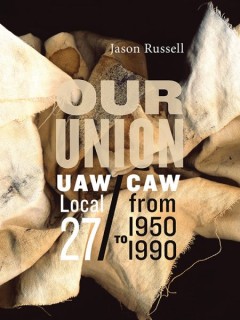
Our Union UAW/CAW Local 27 from 1950 to 199
In Our Union, Jason Russell argues that the union local, as an institution of working-class organization, was a key agent for the Canadian working class as it sought to create a new place for itself in the decades following World War II. Using UAW/CAW Local 27, a broad-based union in London, Ontario, as a case study, he offers a ground-level look at union membership, including some of the socia…
- Edition
- -
- ISBN/ISSN
- 978-1-926836-43-0
- Collation
- -
- Series Title
- Fabriks: Studies in the Working Class
- Call Number
- 336 pages
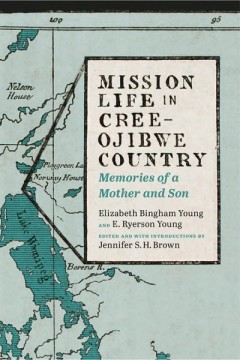
Mission Life in Cree-Ojibwe Country Memories of a Mother and Son
Accompanying Elizabeth’s memoir, and offering a counterpoint to it, are the reminiscences of her eldest son, “Eddie.” Born at Norway House in 1869 and nursed by a Cree woman from infancy, Eddie was immersed in local Cree and Ojibwe life, culture, and language, in many ways exemplifying the process of reverse acculturation often in evidence among the children of missionaries. Like those of…
- Edition
- -
- ISBN/ISSN
- 9781771990035.01
- Collation
- -
- Series Title
- Our Lives: Diary, Memoir, and Letters
- Call Number
- 336 pages
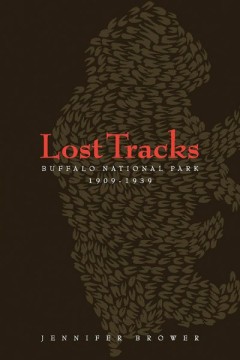
Lost Tracks Buffalo National Park, 1909–1939
While contemporaries and historians alike hailed the establishment of Buffalo National Park in Wainwright, Alberta as a wildlife saving effort, the political climate of the early twentieth century worked against its efforts to stem the decline of the plains buffalo in North America. However, the branch charged with operating the park, the Canadian Parks Branch, was never sufficiently funded and…
- Edition
- -
- ISBN/ISSN
- 9781897425107.01
- Collation
- -
- Series Title
- -
- Call Number
- 193 pages
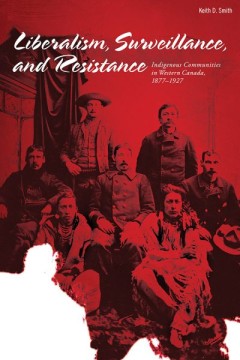
Liberalism, Surveillance, and Resistance Indigenous Communities in Western C…
Canada is regularly presented as a country where liberalism has ensured freedom and equality for all. Yet with the expansion of settlers into the First Nations territories that became southern Alberta and BC, liberalism proved to be an exclusionary rather than inclusionary force. Between 1877 and 1927, government officials, police officers, church representatives, ordinary settlers, and many ot…
- Edition
- -
- ISBN/ISSN
- 978-1-897425-39-8
- Collation
- -
- Series Title
- The West Unbound: Social and Cultural Studies
- Call Number
- 334 pages
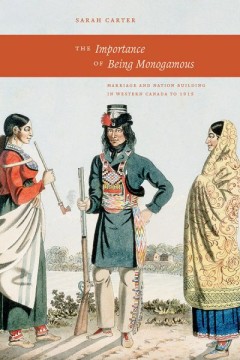
The Importance of Being Monogamous Marriage and Nation Building in Western C…
Sarah Carter reveals the pioneering efforts of the government, legal, and religious authorities to impose the “one man, one woman” model of marriage upon Mormons and Aboriginal people in Western Canada. This lucidly written, richly researched book revises what we know about marriage and the gendered politics of late 19th century reform, shifts our understanding of Aboriginal history during …
- Edition
- -
- ISBN/ISSN
- 9780888644909.01
- Collation
- -
- Series Title
- -
- Call Number
- 399 pages
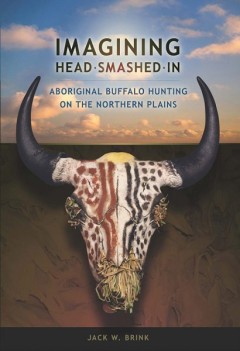
Imagining Head-Smashed-In Aboriginal Buffalo Hunting on the Northern Plains
At the place known as Head-Smashed-In in southwestern Alberta, Aboriginal people practiced a form of group hunting for nearly 6,000 years before European contact. The large communal bison traps of the Plains were the single greatest food-getting method ever developed in human history. Hunters, working with their knowledge of the land and of buffalo behaviour, drove their quarry over a cliff and…
- Edition
- -
- ISBN/ISSN
- 978-1-897425-04-6
- Collation
- -
- Series Title
- -
- Call Number
- 6.5 x 9.25, 361 pages
Icon, Brand, Myth The Calgary Stampede
An investigation of the meanings and iconography of the Stampede: an invented tradition that takes over the city of Calgary for ten days every July. Since 1923, archetypal “Cowboys and Indians” are seen again at the chuckwagon races, on the midway, and throughout Calgary. Each essay in this collection examines a facet of the experience—from the images on advertising posters to the ritual …
- Edition
- -
- ISBN/ISSN
- N 978-1-897425-05-3
- Collation
- -
- Series Title
- The West Unbound: Social and Cultural Studies
- Call Number
- -
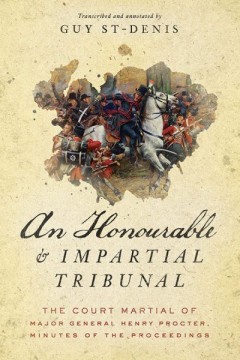
An Honourable and Impartial Tribunal The Court Martial of Major General Henr…
Previously beyond the reach of most North American scholars, the minutes of Procter’s trial offer a wealth of historical detail about British imperial, Canadian pre-Confederation, and American frontier history. Transcribed and annotated here for the first time, they provide engrossing insights into Procter’s retreat from what is now southwestern Ontario in the early autumn of 1813. Interspe…
- Edition
- -
- ISBN/ISSN
- 9781771993203
- Collation
- -
- Series Title
- -
- Call Number
- 6 x 9, 454 pages
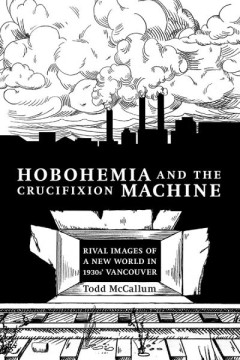
Hobohemia and the Crucifixion Machine Rival Images of a New World in 1930s V…
Vancouver’s municipal government entered into contractual relationships with dozens of private businesses, tendering bids for meals in much the same fashion as for printing jobs and construction projects. As a result, entrepreneurs clamoured to get their share of the state spending. With the emergence of work relief camps, the provincial government harnessed the only currency that homeless me…
- Edition
- -
- ISBN/ISSN
- 9781926836287.01
- Collation
- -
- Series Title
- Fabriks: Studies in the Working Class
- Call Number
- -
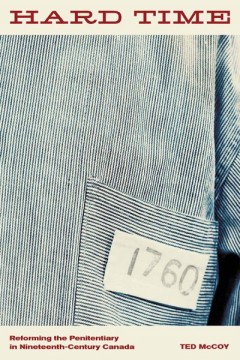
Hard Time Reforming the Penitentiary in Nineteenth-Century Canada
Tracing the rise and evolution of Canadian penitentiaries in the nineteenth century, Hard Time examines the concepts of criminality and rehabilitation, the role of labour in penal regimes, and the problem of violence. Linking the lives of prisoners to the political economy and to movements for social change, McCoy depicts a history of oppression in which prisoners paid dearly for the reciprocal…
- Edition
- -
- ISBN/ISSN
- 978-1-926836-96-6
- Collation
- -
- Series Title
- -
- Call Number
- 349 pages
 Computer Science, Information & General Works
Computer Science, Information & General Works  Philosophy & Psychology
Philosophy & Psychology  Religion
Religion  Social Sciences
Social Sciences  Language
Language  Pure Science
Pure Science  Applied Sciences
Applied Sciences  Art & Recreation
Art & Recreation  Literature
Literature  History & Geography
History & Geography